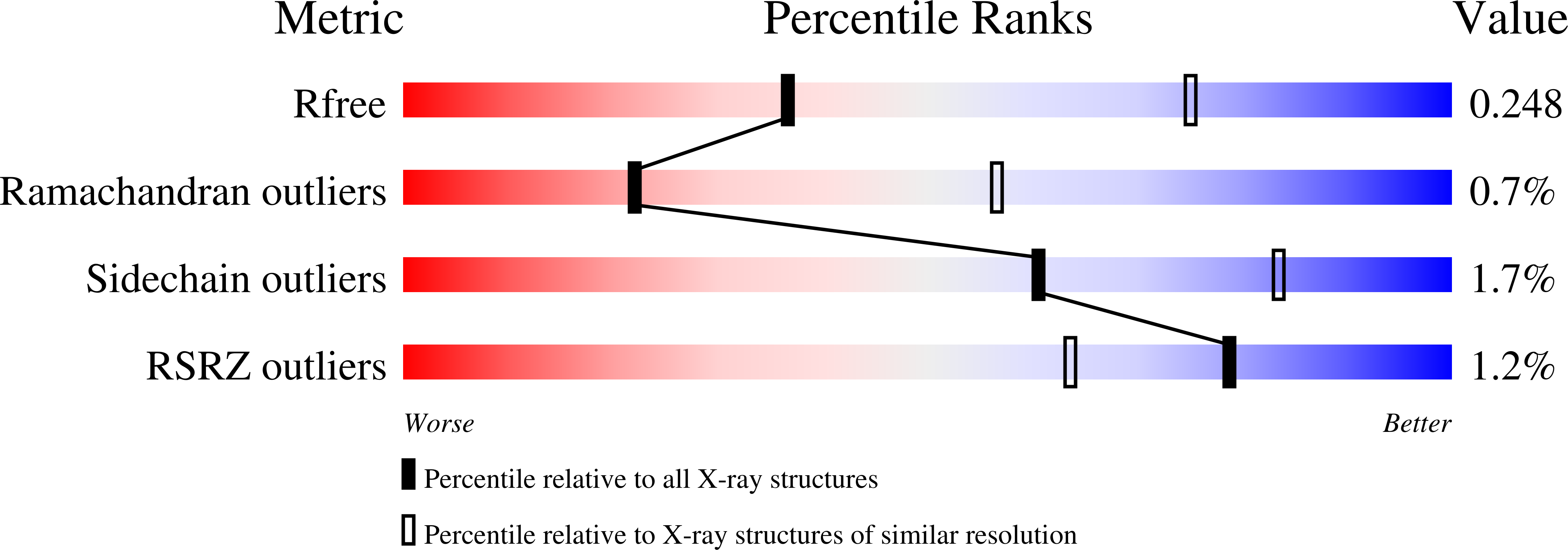
Deposition Date
2021-04-21
Release Date
2022-02-02
Last Version Date
2024-10-30
Entry Detail
PDB ID:
7MK5
Keywords:
Title:
Crystal structure of Escherichia coli ClpP covalently inhibited by clipibicyclene
Biological Source:
Source Organism:
Escherichia coli K-12 (Taxon ID: 83333)
Host Organism:
Method Details:
Experimental Method:
Resolution:
2.95 Å
R-Value Free:
0.24
R-Value Work:
0.21
R-Value Observed:
0.21
Space Group:
P 1 21 1


